‘What’s next?’ is a question. When I started this blog it was primarily for the housing of my Escape Room manual (which was created for a colleague who wanted to try her hand at creating one from scratch. Over 1500 views and clicks from around the world later…) I thought I might take the opportunity to reflect on a decade of Teen librarianship and what I’d learned from successes (and failures) as we built a service from scratch. I decided to subtitle it ‘Reflections on 10+ years of Teen Librarianship and discovering what’s next…‘
‘What’s next’ is a question, but it’s also, in this moment, an answer. What’s next for me is something I hadn’t anticipated just over a year ago when I embarked on this project.

I will be leaving my current position as Head of Teen Services to move into a new area (for me) of librarianship, in a new (sort of) location, as the Outreach Services Specialist for a county library system. (The ‘sort of’ is because I’m a native Long Islander, so in a way I’m going home, even though I’m a Suffolk girl. Not Jersey, Sue B.)
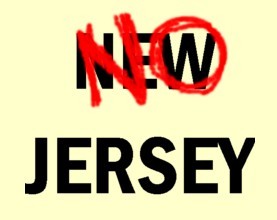
I’m excited and nervous, which is (I hope) the exact right way to feel as I embark on something new. I can’t quite believe this is happening and I’m still in a state of bewildered gratitude for having even been considered. I have a lot to learn, but I really, really like being a student, and more than anything, I’m thrilled to apply the skills I’ve learned as a teen librarian, manager, and teacher to a wider scope of library users (and not-yet-users) who can benefit from our services in meaningful (and even life-altering) ways. I’m hopeful that I’ll be able to make a difference as my focus shifts to the support and strengthening of libraries themselves.

My feelings about moving away from full time teen service work are very complex (rueful, maybe?) Though I’ve had moments of frustration and exhaustion, I’ve never truly felt burnt-out (something that happens to the best of us, which others have described more eloquently than I could ever hope to.) I’m proud of the communities I’ve helped foster through programs like Fandoms and Service Saturday, and One Book One Town, as well as initiatives like our staff Genre Circle and library Collections Team, and the work I’ve done with schools and local youth support groups. I find myself thinking about all that I wanted but never got to do, and the things I hope might still get done before (and after) I’m gone. I hope I’ve been able to convince my colleagues and community that teens must always be seen, heard, and valued. I would have been happy doing this work for the rest of my career, and as I’ve been telling my colleagues, it would have taken a truly extraordinary opportunity at an amazing place to pull me away, and that’s exactly what’s happening.

I’m cataloging ‘lasts’ in my mind and getting a little emotional over things I had not anticipated. I’m blithely refusing to think about the changes coming to friendships I’ve developed with people at my library and with colleagues through this great state, as well as with the citizens of this town, where I have lived and worked for 11 and a half years. (Or my neighbors, some of whom have lived in our little apartment house longer than I have.) I’ve been able to share the news with co-workers (and my friends and family, who are thrilled that I’ll be ‘coming home’), but because of some…political considerations (it’s budget season, after all) I haven’t been able to tell most people until now.
I’m not the only person leaving in the next few weeks and months, so it will be a time of extreme transition for our library, but one that brings the potential for new, exciting things for our community. In a season of change, I can’t wait to see how this most incredible group of professionals finds the opportunity inside the challenge (in the past five or six years it has felt like one ‘Donkey Kong Barrel’ after another thrown at us) much as they have always done. I’d be lying if I said there isn’t a part of me that wonders what role I might have played in the impending revival, even if I’m very much at peace with this new direction (and, as someone who rarely feels peaceful, I know this means it’s right.)
I won’t be able to tell our patrons, some of whom I’ve watched grow from tweens to adults, for another few days. (It seems like I’m running into a lot of teens that I haven’t seen around in a while. This happens all the time, of course, but it feels like they are all turning up at the same time just to make me misty-eyed.) While I hate that there won’t be a lot of time between sharing the news and my departure, I’m glad to have a bit of space to consider the best way not only to tell them, but to let them know that I hope to maintain my connection to them. The internet really is a miracle.

As the shock and surprise wears off and this becomes ‘really real,’ in the next few weeks I’ll be scurrying around, trying to make this transition as smooth as possible for my staff (in particular, the amazing Jen, with whom I’ve built this service over the past 10 years) who will be assuming (some of) my responsibilities. I’ll be packing and cleaning an office and an apartment, and hopefully doing one last weed of my adult collections (Fantasy, I’m coming for you!) I’m going to try and get more manuals together for this blog and start piecing together planned workshops for the state library. I’ll present at a conference (Escape Rooms with the marvelous Marissa!) I’ll run a few more programs. I’ll start moving (very, VERY temporarily to my family home as I look for an apartment or condo or co-op or…maybe a houseboat! Not really, but it’s fun to think about.) I’ll write out plans for the work I’m leaving behind and about a bajillion cards for these people who have made me the librarian (and person) I am today. I’ll go to a dozen lunches, dinners and parties. I’ll make sincere plans to visit, and be visited in return (because I’m not going far.) I’ll turn in my keys and parking permit and (try and fail to) sneak out a side door.
So here we go: a slow reboot of everything in my life. No one can know the future, but I intend to leap into this new opportunity with clear eyes and an inquisitive spirit. I hope you’ll stick around and take this journey with me. Let’s go!
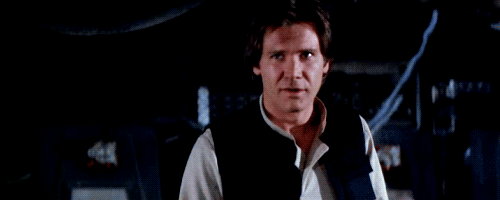
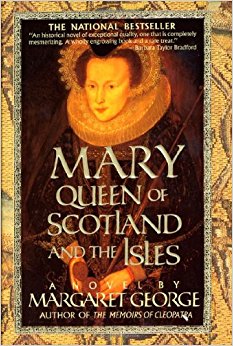
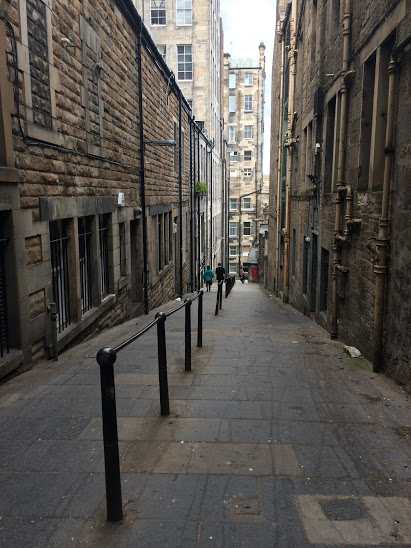
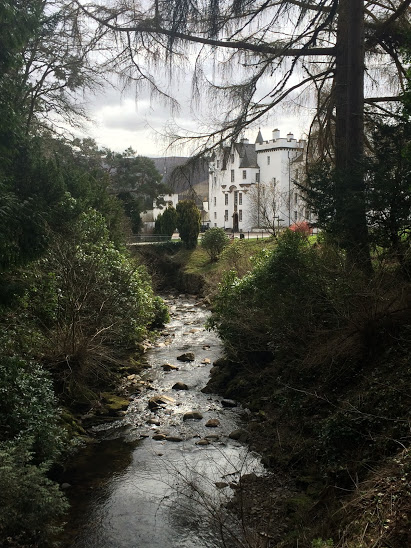


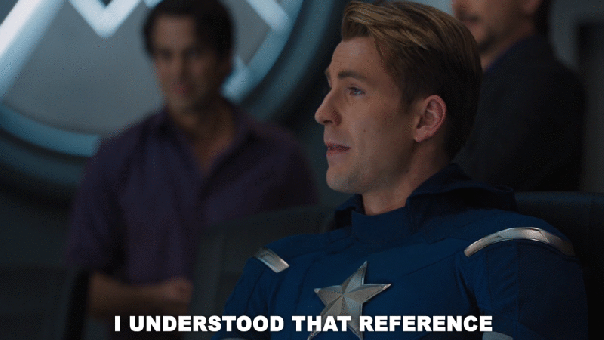

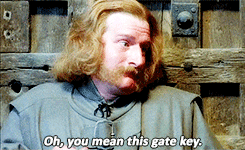
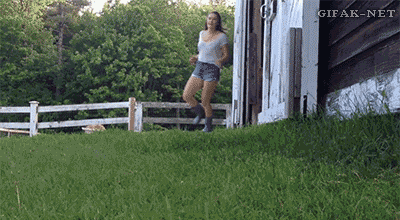


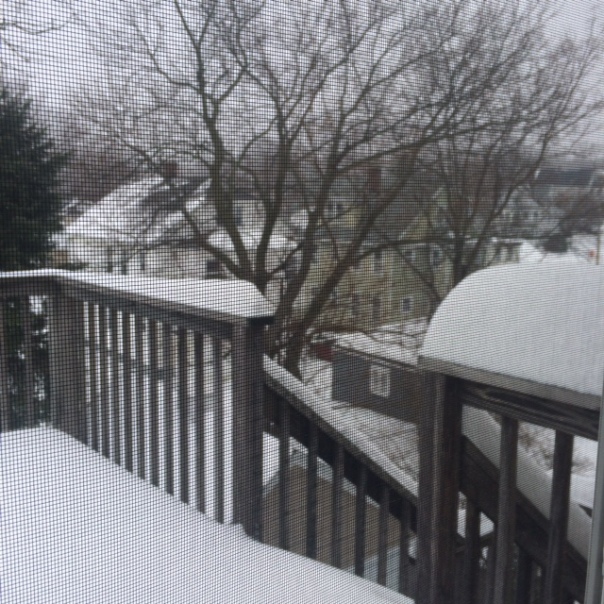
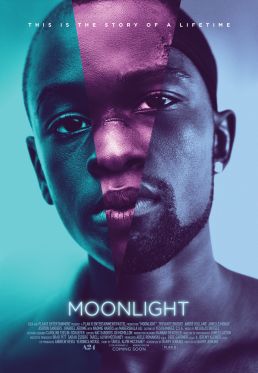
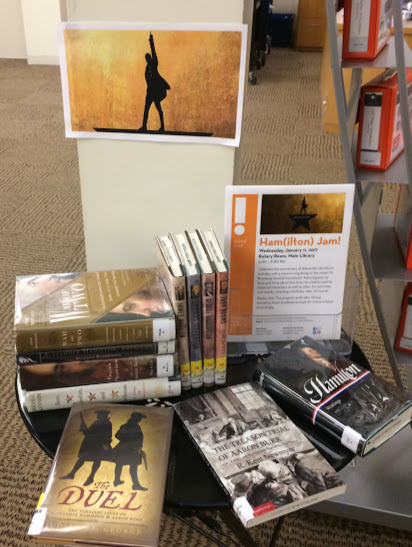








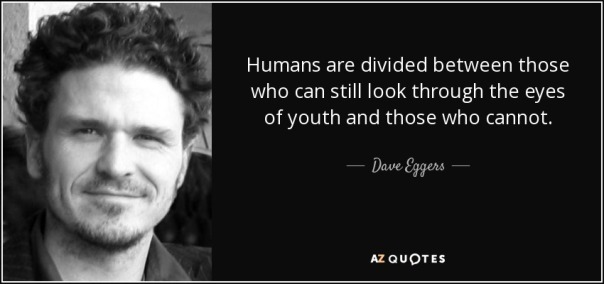

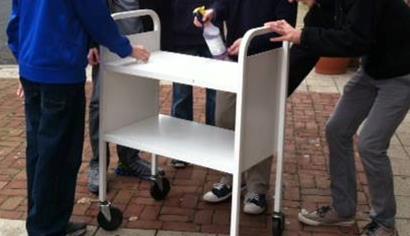

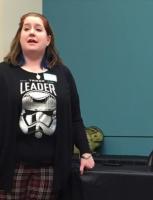



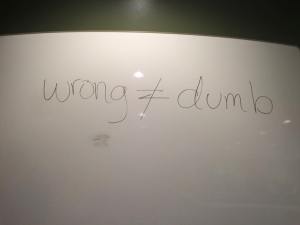
 I’m a big nerd who watches an insane amount of TV, argues with her siblings about comics minutiae and reads film criticism for fun. These teens show me new angles on the things I thought I knew backwards and forwards each Friday afternoon, but never more so than in this month when we Madness. It’s my favorite thing we do in Fandoms, apart from the Tina Belchers they make me for my birthday each year, of course.
I’m a big nerd who watches an insane amount of TV, argues with her siblings about comics minutiae and reads film criticism for fun. These teens show me new angles on the things I thought I knew backwards and forwards each Friday afternoon, but never more so than in this month when we Madness. It’s my favorite thing we do in Fandoms, apart from the Tina Belchers they make me for my birthday each year, of course.